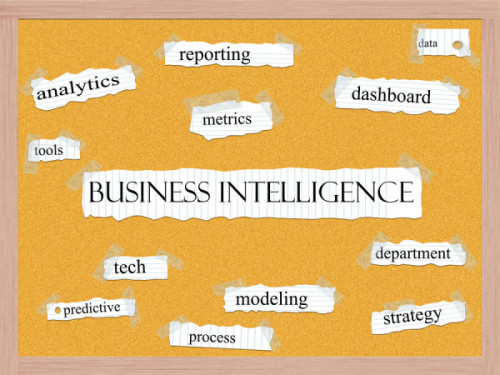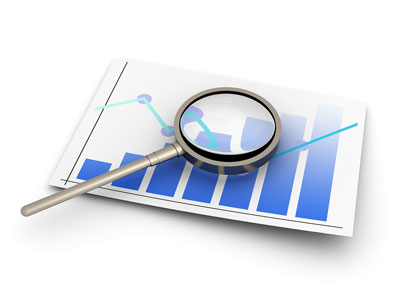Michael Bohon, Founding Principle, Healthcare Solutions Bureau
Twenty-seven years ago, I unexpectedly found myself working in the supply chain sector of the healthcare industry in Arizona. For nineteen years prior to that I was also employed in the supply chain, but in the steel and electronic businesses back east. In some ways, the transition from electronics to healthcare was smooth. In others it was a challenge. I immediately took pleasure in the fact that everything my team and I did during our daily work had a positive effect, directly or indirectly, on another human being. I could not say that about my previous jobs.
What really was a surprise to me was the technological change that occurred rapidly and continuously with multiple new product lines and product changes being introduced weekly. That’s when I was introduced to a “Product Evaluation” system. In fact, the hospital where I was employed in 1986 was one of the first to have an RN on the materials staff, and she was the key to much of the success we experienced. It was a good process which provided some order in difficult situations. At least it offered a channel to have new products reviewed in a less subjective manner. Good decisions were made and dollars were saved. But was it the real answer to all the issues that the supply chain faced? Did it maximize all opportunities and make all the right decisions? Probably not!
Now, in the 21st century we use a process called “Value Analysis”. Where did this concept come from? When I conduct seminars for the Institute for Supply Management I ask people from industries, other than healthcare, if they use a value analysis process in their procurement. The most common response is the question, “What is value analysis?” This is surprising because the concept is said to have originated as “value engineering” during World War II by General Electric which is defined by SAVE International as:
Value engineering is a systematic method to improve the "value" of goods or products and services by using an examination of function. Value, as defined, is the ratio of function to cost. Value can therefore be increased by either improving the function or reducing the cost. It is a primary tenet of value engineering that basic functions be preserved and not be reduced as a consequence of pursuing value improvement.
The transition from Product Evaluation to Value Analysis has been a good one that enabled hospitals to increase the breadth and depth of their programs. They have expanded their scope, and included broader and more consistent participation by key players. They are using new tools, including software, to document their processes, track their savings, and verify the correctness of their decisions. Hearing this, we can assume that we have finally reached nirvana. Hold on! Not so fast! As quickly as we progress, the world around us continues to change even more rapidly.
So what’s new? There is this new concept called “Value-Based Purchasing.” (There’s that value word again.) It states that not only cost and quality are important, but that now we must address outcomes. This changes our whole approach once again because prior to this it was advisable to have physician participation in our meetings. Now it is virtually required. How else are we going to address the outcomes piece of the formula? That will make for a different and certainly more effective means of addressing product and service selection. AHRMM recently announced a new movement they are championing in the supply chain, CQO. Its symbol (below) shows the area of intersection of the three circles of focus. The point in which they all overlap could be redefined and referred to by the term we have heard before, VALUE. After all, that is our goal.
I attended a supply chain regional meeting recently, during which a speaker asked the audience how many used a value analysis process at their facility. He also asked how many just attended regular meetings called Value Analysis where little is accomplished. About half of the audience responded that they haven’t attended a meeting or weren’t happy with the results.
This being said, value analysis is a complex and arduous method, but when done correctly can provide immeasurable advantages to its users. Healthcare needs these aids to improve its value platform. The wisdom that can be gleaned from publications like this is invaluable. Take advantage of it!
Michael Bohon, CPSM, CMRP, is the Founding Principal of HealthCare Solutions Bureau (HCSB), a healthcare supply chain consulting firm and speakers’ bureau. His extensive business background spans 19 years of work in materials, operations, sales, and administration in three industries (steel, electronics, and specialty manufacturing) plus the last 24 years in healthcare supply chain management. Prior to founding HCSB, Bohon held positions as Director, Supply Chain Management at TMC HealthCare, and Director of Purchasing and Contracts at Health Partners of Arizona. He also worked as a consultant, independently and for Perigon, LLC and OMSolutions. Among his accomplishments in consulting are the supply cost reduction of $4M+ at two major systems in the Northeast and leading successful facilities planning and design projects at expanding hospitals. Michael can be reached at bohon@hcsburea.com with your questions or comments.





